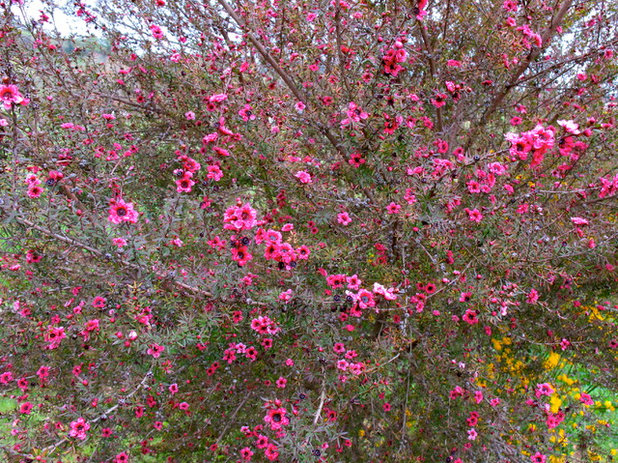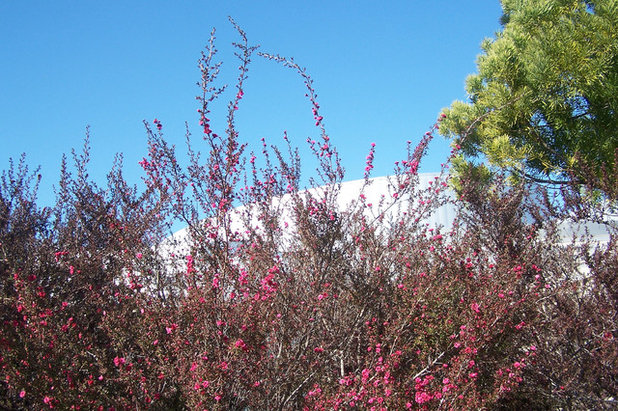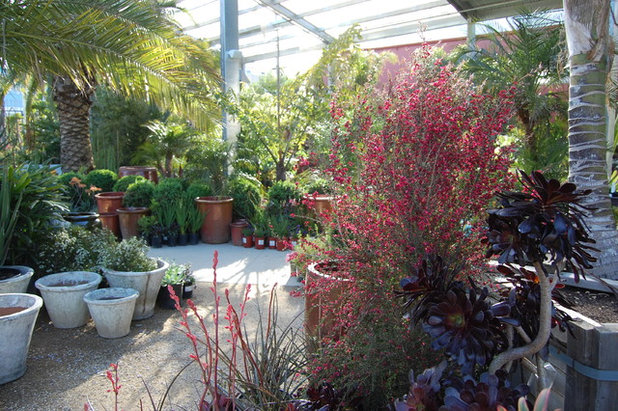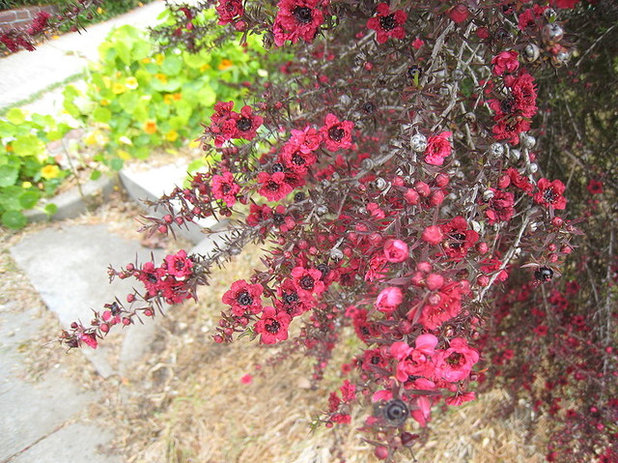Tea tree's burst of dainty flowers and wild twisting branches elegantly straddle the line between garden showcase and feral shrub, on no type more so than New Zealand tea tree (
Leptospermum scoparium)
. While the gnarled trunk and twisted form of Australian tea tree (
Leptospermum laevigatum)
may be more appropriate against the rocky cliffs of its ancestry, New Zealand tree and its cultivars are wonderfully suited to the residential landscape.
Compact and densely arranged leaves, branches and flowers make this drought-tolerant Oceanic native appropriate for any temperate garden and for any gardener looking for a low-maintenance, resilient stunner.

María José
Botanical name: Leptospermum scopariumCommon names: New Zealand tea tree, Manuka
USDA zones: 8 to 11 (find your zone)
Water requirement: Very low once established
Light requirement: Full sun
Mature size: 16 feet tall and 9 feet wide
Benefits and tolerances: Attracts bees, butterflies and birds; tolerates coastal conditions and wind
Seasonal interest: Evergreen; flowers in spring or summer
When to plant: Plant in spring after the threat of frost has passed.

Friends of the College-Rolando Library
Distinguishing traits. Profuse sprays of petite pink, white or red flowers show the softer side of New Zealand tea tree, while its scrubby form and evergreen, needle-like leaves keep it from looking too demure. This plant strikes a balance between polished and rugged.

Far Out Flora
How to use it. Grow this plant in a container or as a rock garden specimen. Notice how elegantly the texture and color of New Zealand tea tree contrasts the deep black, fleshy Aeonium in Flora Grubb Gardens.

Josh S. Jackson
Planting notes. Like Australian tea tree, New Zealand tea tree grows well in coastal conditions and is very drought tolerant, requiring only occasional water once established. Do not overwater. Well-drained, rocky soil is best and is similar to its native coastal cliffs. Plant in full sun, in spring or early summer.





